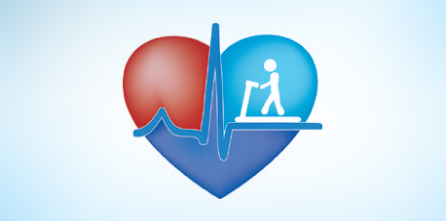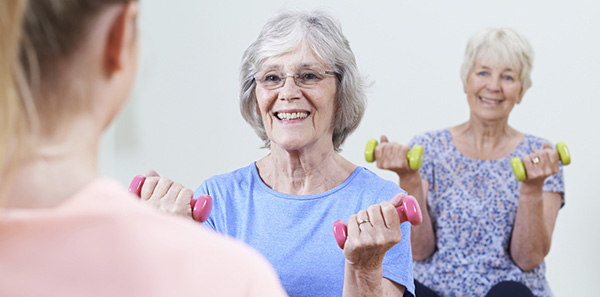
The definition of physical exercise is “any activity which involves the body using energy “. People who do regular physical exercise live longer, have a lower risk of sudden death and coronary disease and, of course, they are able to work more and they feel better. Data gathered by the World Health Organisation shows that a sedentary lifestyle is the fourth most important risk factor for death on the planet.
Cardiovascular exercise, also known as aerobics, is very important for health, to keep us fit and help us to lose weight.
It is called vascular because it makes the heart work and strengthens it, along with the lungs. Regular exercise causes the resting heart rate to fall and increases systolic volume. Venous return improves, sending the blood along the veins and preventing the appearance of varicose veins while lowering blood pressure.
During exercise, the muscles use more oxygen, which increases the amount of blood reaching them. This increases cardiac output and redistribution of blood flow characterised by localised vasodilatation in the area of the muscles being exercised, as well as simultaneous vasoconstriction of the “inactive” muscles and other organs such as the spleen. Higher cardiac output is determined by the increase in systolic volume (the volume of blood leaving the heart) and heart rate. Cardiovascular exercise can therefore be defined as exercise during which we mobilise much of the musculoskeletal system at moderate intensity, at regular intervals and for a specified time, with its corresponding expenditure of energy.
To measure intensity, you can measure your maximum heart rate (mhr). During strenuous physical exercise, the maximum number of beats per minute (bpm) that a healthy heart should reach is calculated using a constant of 220 bpm (for men) and 226 bpm (for women), minus the person’s age. Therefore, the maximum heart rate for a 50-year-old man should be: 220 – 50 = 170 bpm.
Exercise is considered moderate when the person reaches between 60% and 75% of this maximum heart rate, which is the percentage at which the greatest cardiovascular benefits are achieved.
By taking suitable, regular physical exercise, people of all ages, particularly adults, can prevent and reduce the risk of hypertension, coronary heart disease, stroke, diabetes, osteoporosis, obesity… Physical exercise is a good mechanism for staying in tip-top condition and enjoying physical, psychological and social health during adulthood.
D. Juan Antonio Andreo Lillo – Qualified in Phisical Activity and Sports.
The information published in this media neither substitutes nor complements in any way the direct supervision of a doctor, his diagnosis or the treatment that he may prescribe. It should also not be used for self-diagnosis.
The exclusive responsibility for the use of this service lies with the reader.
ASSSA advises you to always consult your doctor about any issue concerning your health.












